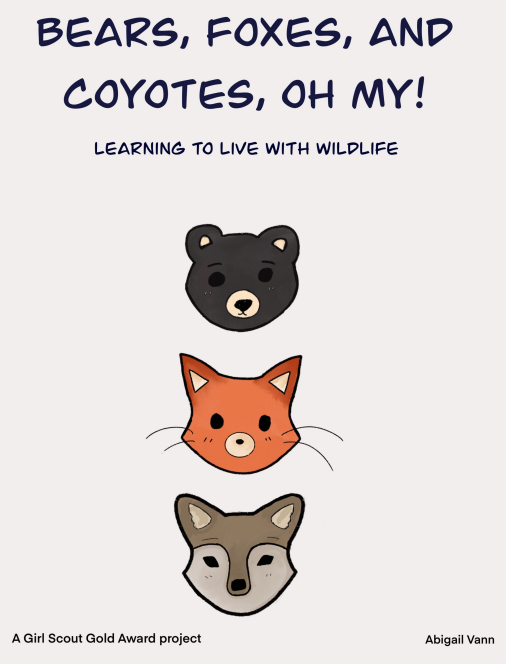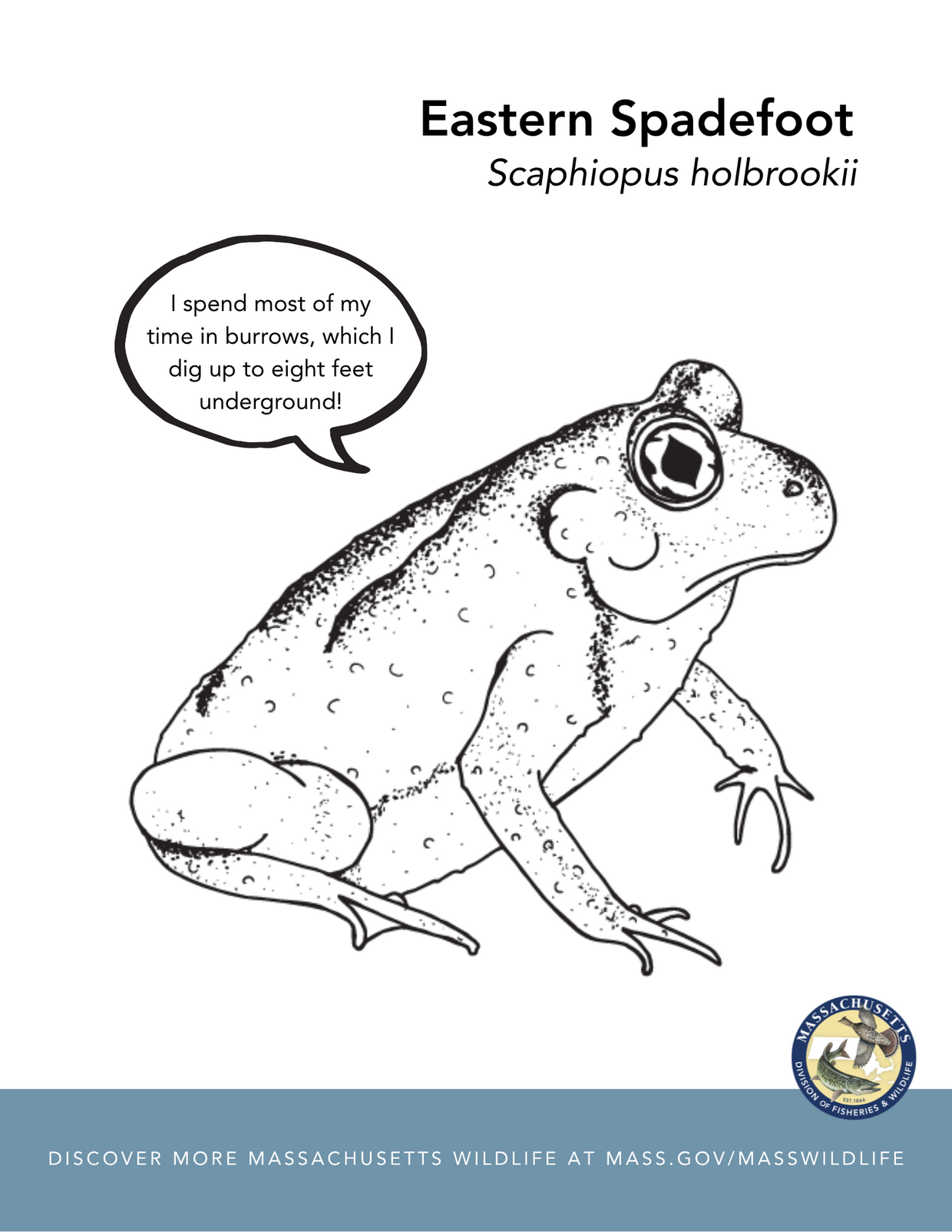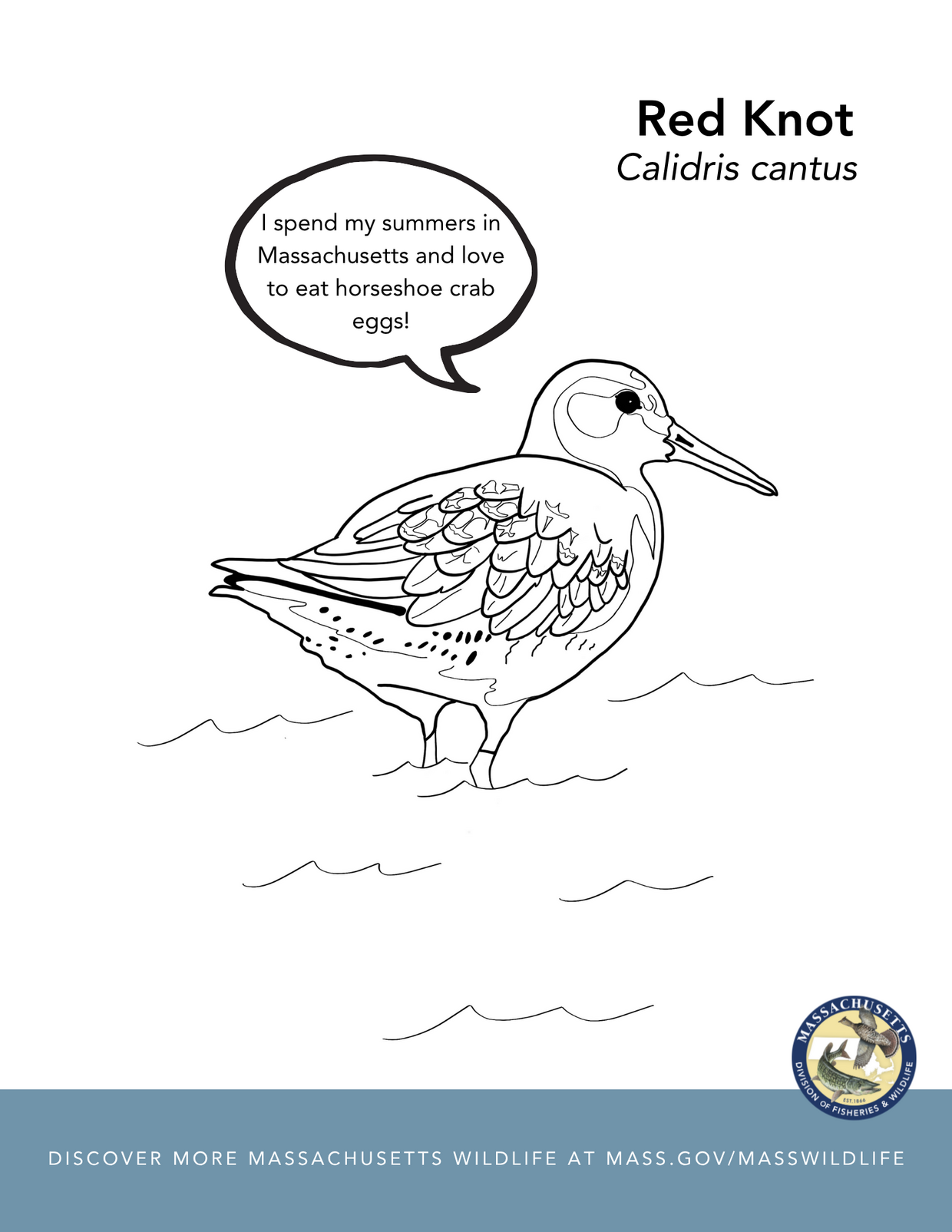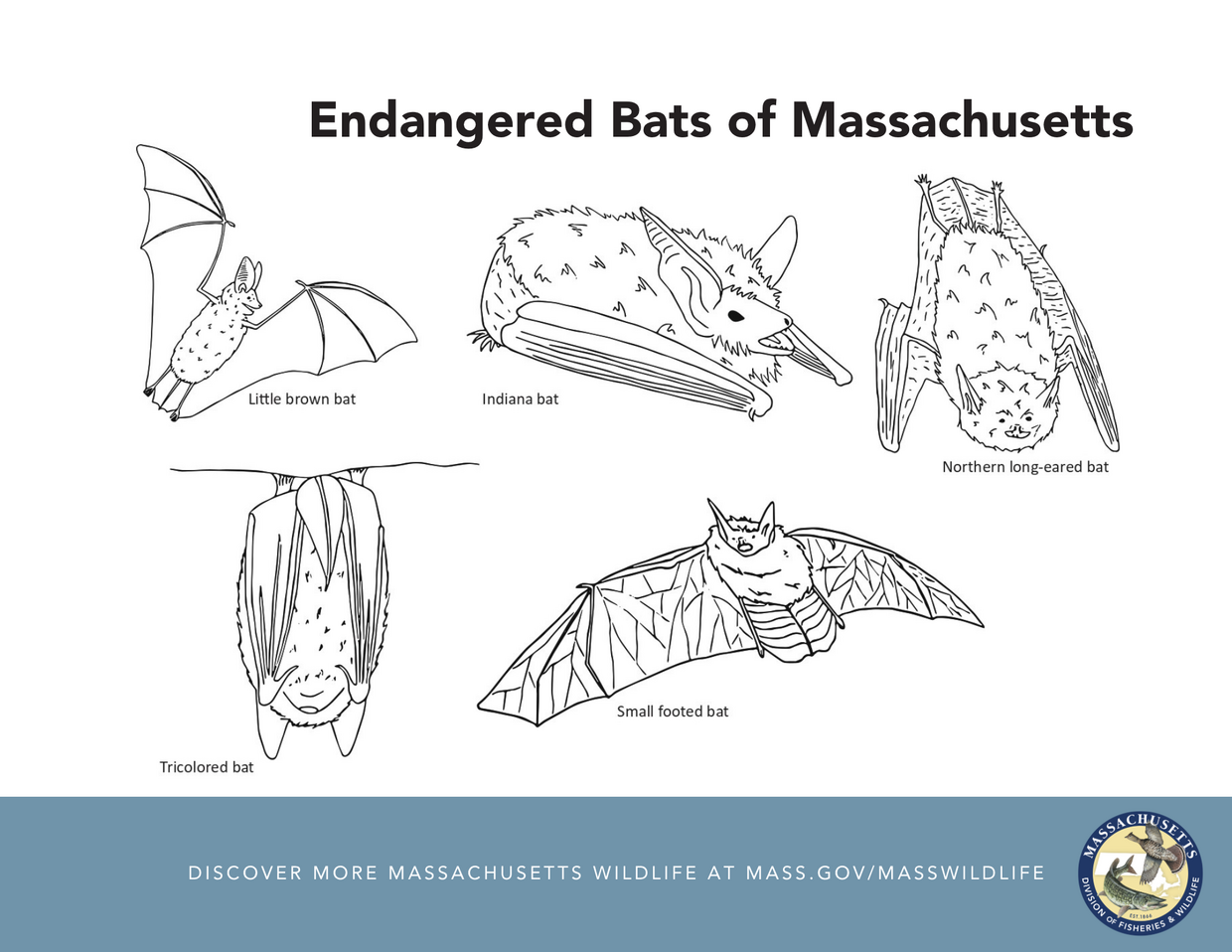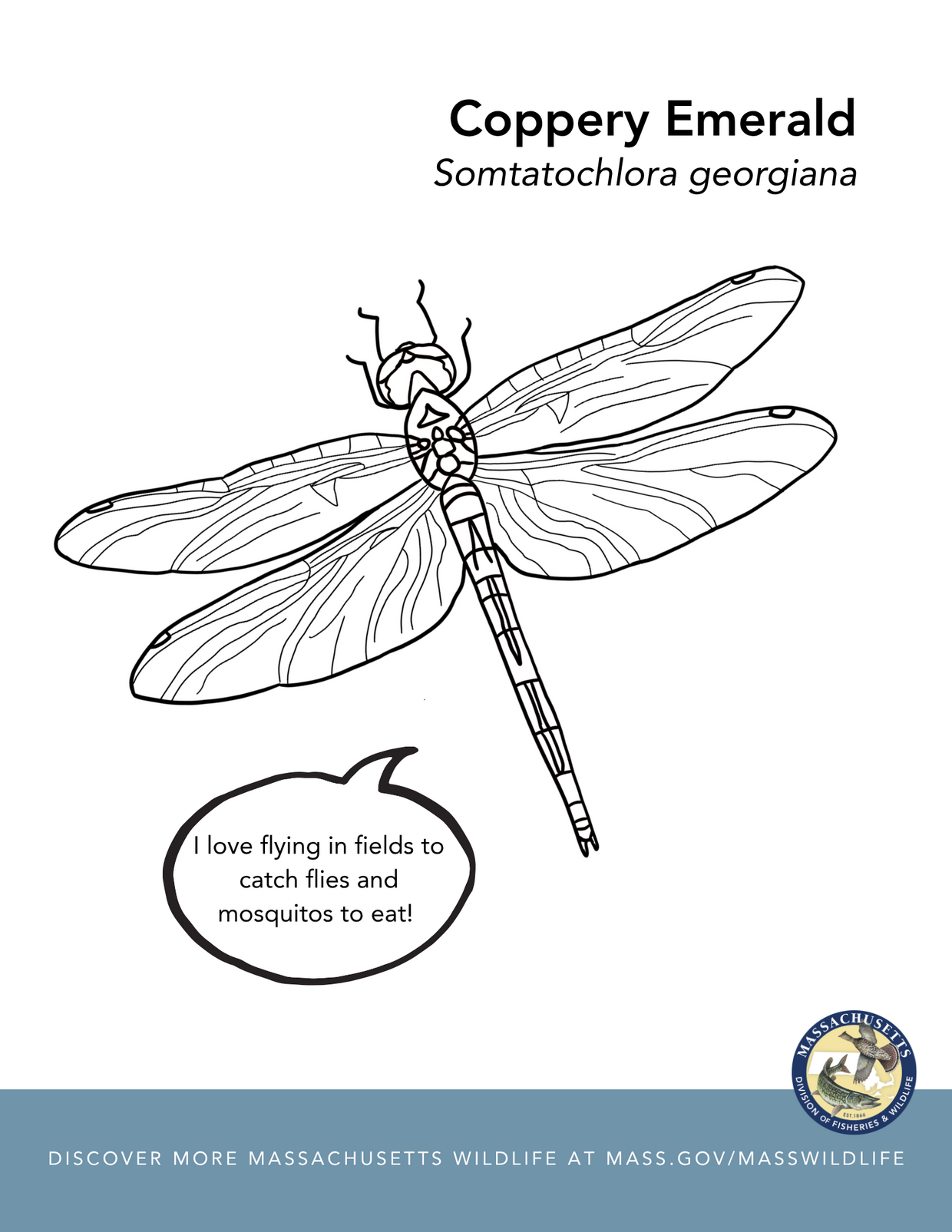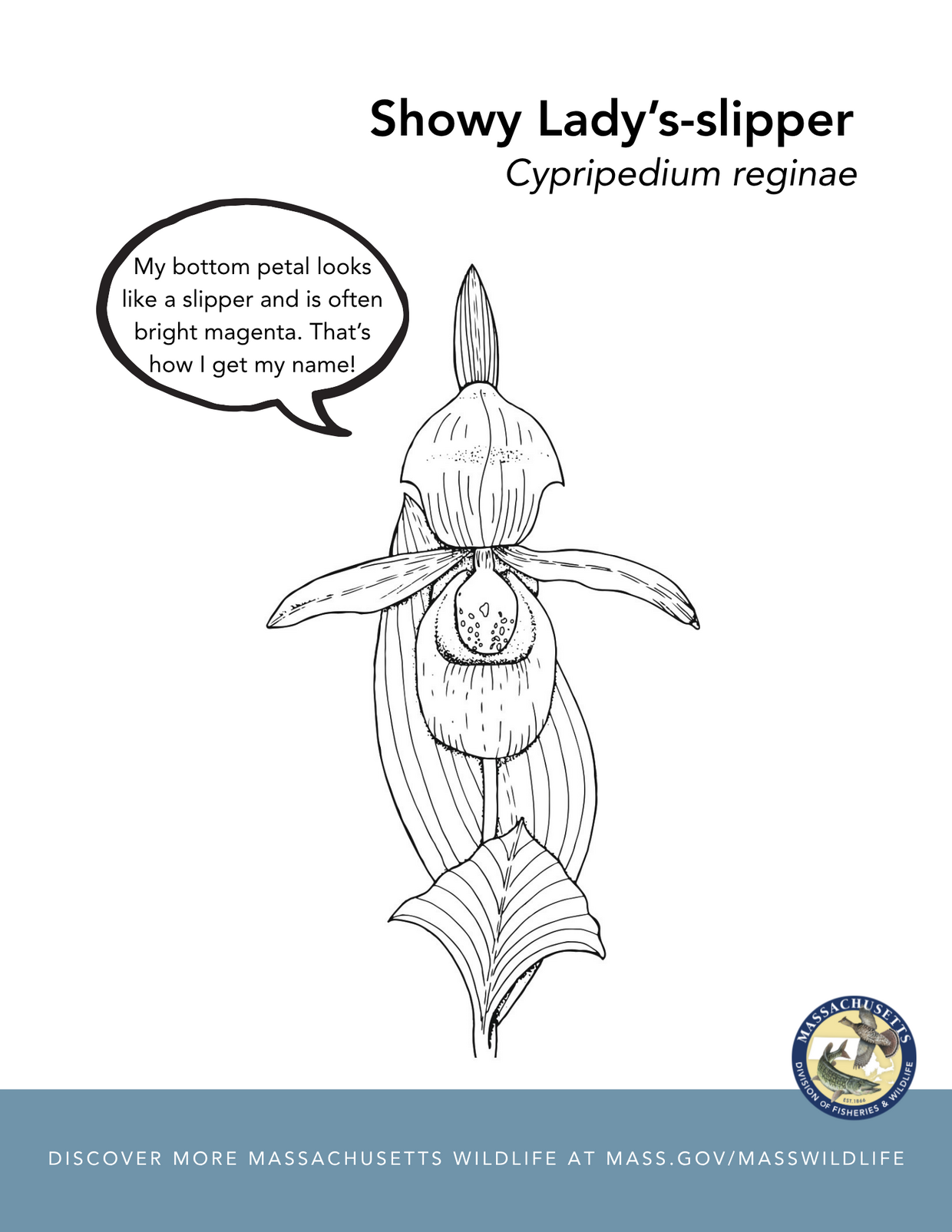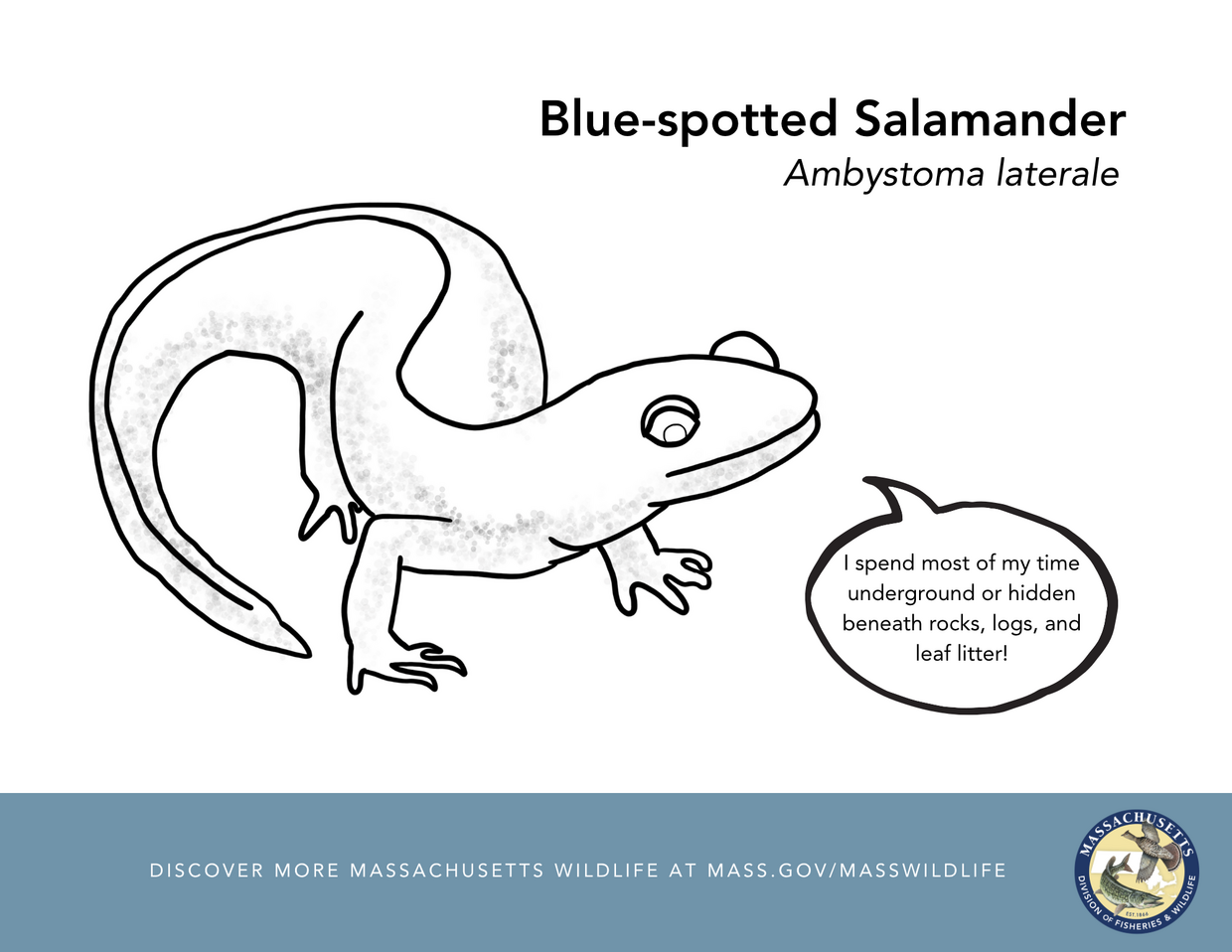Coexisting with common wildlife
Massachusetts is home to an impressive variety of wildlife. Some animals, like coyotes, can be found across the state. People can coexist with wildlife by taking these simple steps: Don't feed wildlife, keep garbage and compost in a secure container, don’t feed pets outside, remove bird feeders, and close off crawl spaces under porches, decks, and sheds. Explore the activity book below to learn more about common species in Massachusetts and how to prevent conflict with wildlife.
Bears, Foxes, and Coyotes, Oh My! coloring and activity book
Massachusetts Girl Scout, Abigail, worked with MassWildlife’s Black Bear and Furbearer Biologist, Dave Wattles, to pursue her Girl Scout Gold Award project. When choosing a project that will help fix a problem in her community, Abigail decided to create a coloring book, Bears, Foxes, and Coyotes, Oh My! to raise awareness about how to coexist with wildlife. She also gave a presentation at her local library to encourage her community to take steps to prevent conflict with wildlife.
Species of Greatest Conservation Need
Some species of wildlife and plants are much less common. More than 400 plants and animals are rare in Massachusetts. These species are primarily threatened due to habitat loss or degradation. Explore the coloring pages below to learn more about vulnerable wildlife and plants in the Commonwealth.
Eastern spadefoot (threatened)
Fen cuckoo-flower (threatened)
Red knot (threatened)
Red-bellied cooter (endangered)
Coppery emerald (endangered)
Peregrine falcon (special concern)
Showy lady's-slipper (endangered)
Kemp's ridley sea turtle (endangered)
Blue-spotted salamander (threatened)
